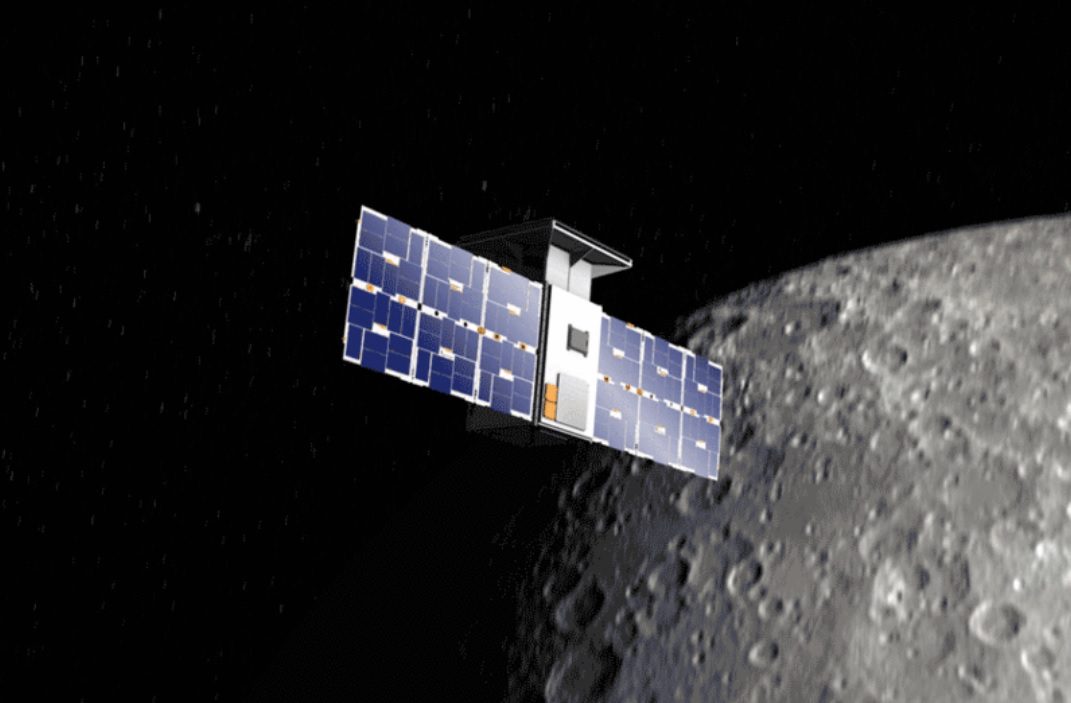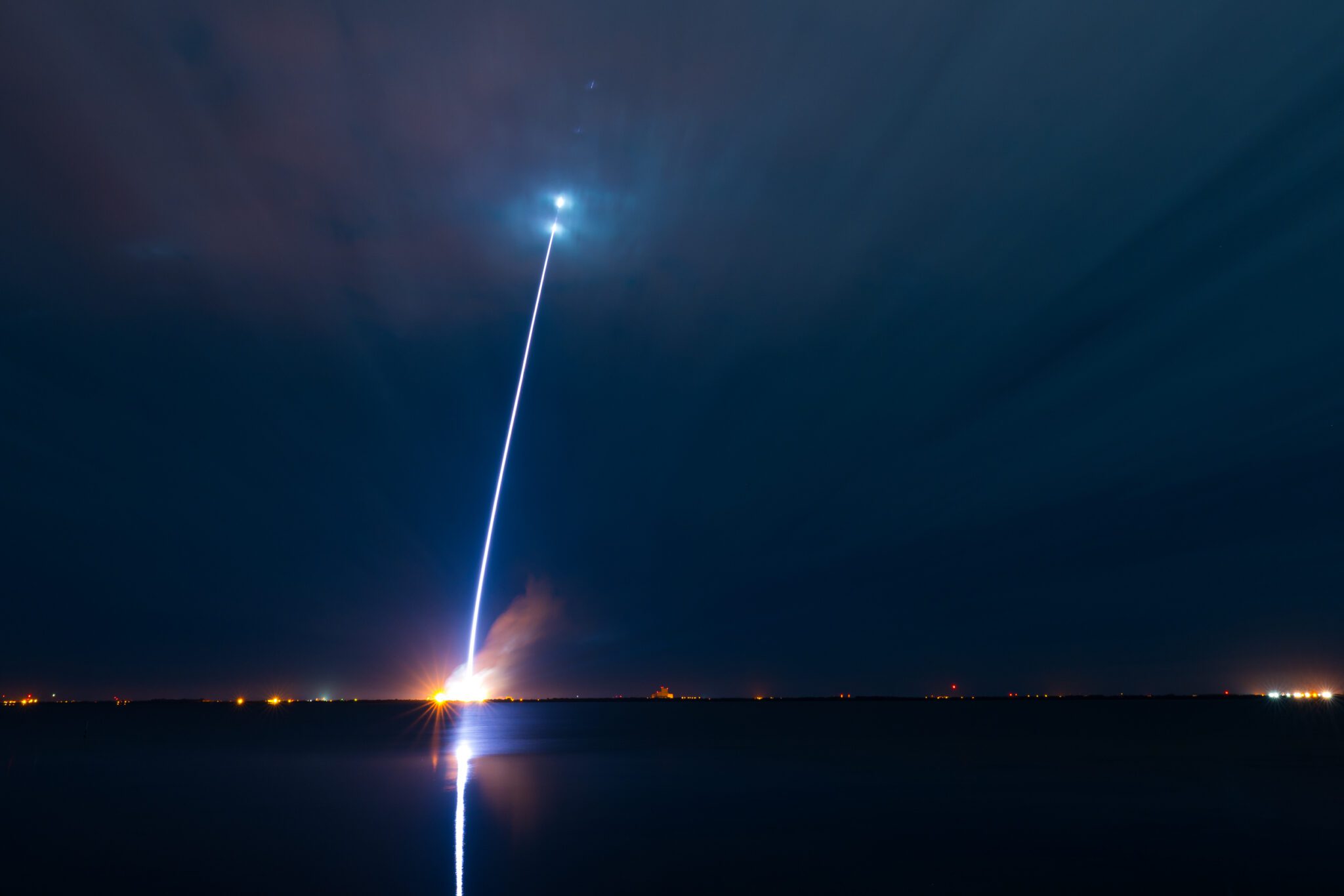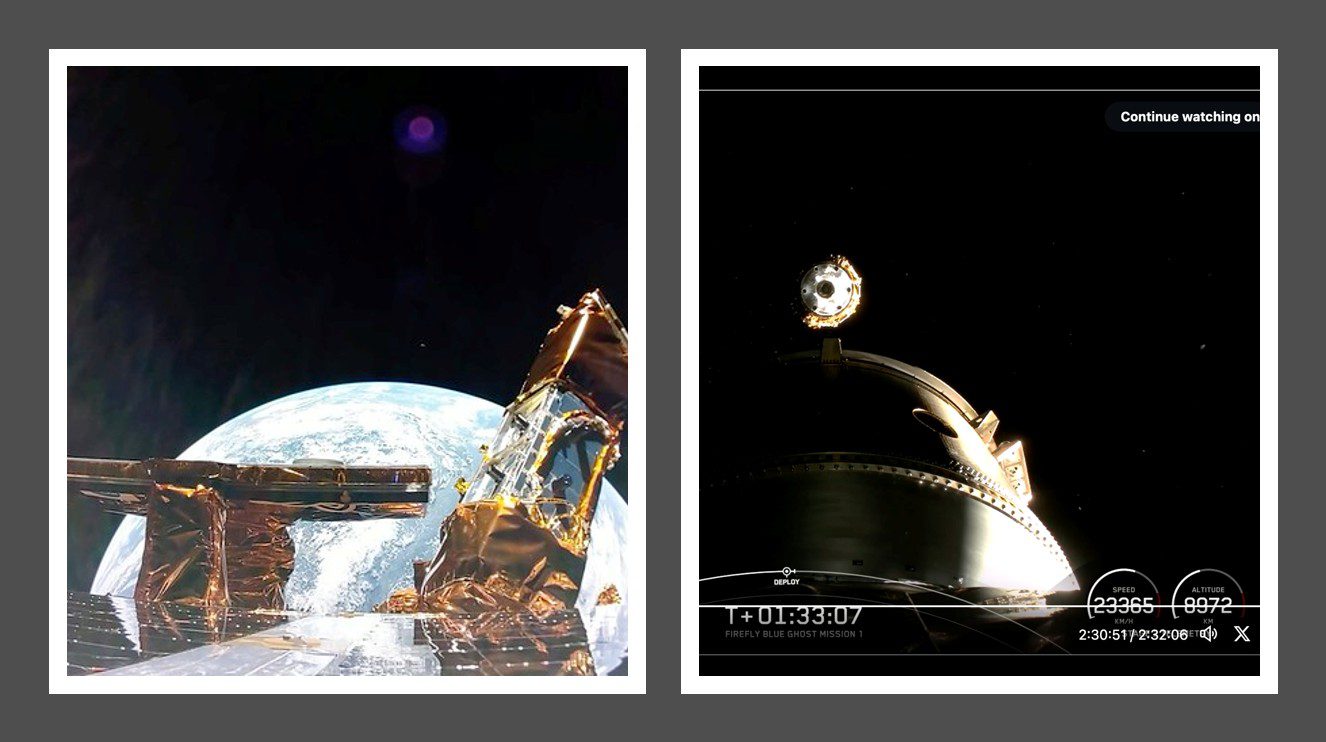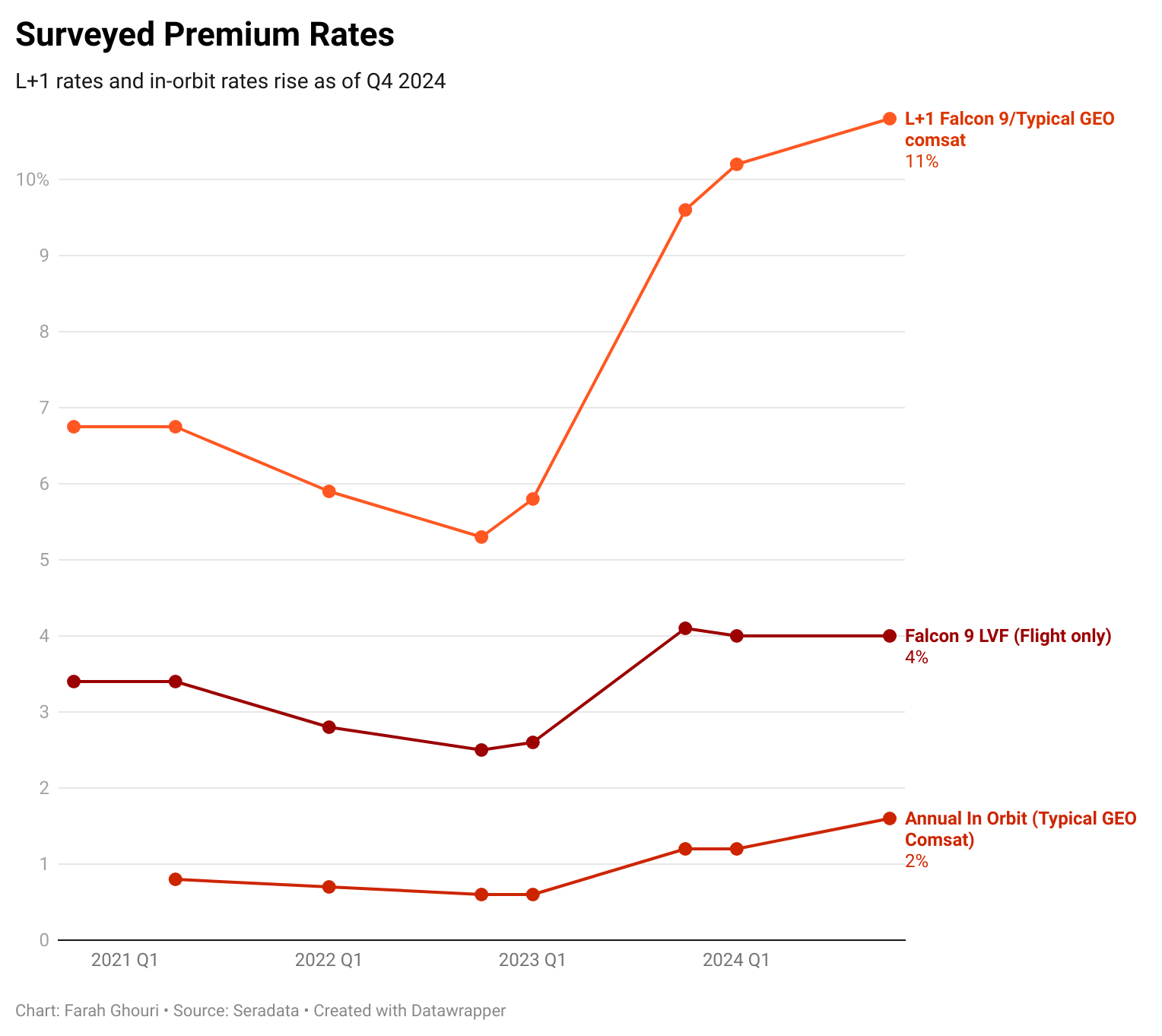Rocket Lab successfully launched an Electron rocket from Māhia Peninsula, New Zealand, at 0955 GMT on 28 June, to an initial low Earth parking orbit. The Electron was carrying CAPSTONE (Cislunar Autonomous Positioning System Technology Operations and Navigation Experiment), a 12U cubesat-class NASA Lunar orbiter that will be raised in stages into a lunar transfer orbit on its way to a “near rectilinear halo orbit” over the Moon’s poles. The orbit is close to the planned one for the Lunar Gateway human-tended lunar space station, from which later Artemis Lunar surface exploration missions will be conducted.
CAPSTONE is commercially owned and operated by Advanced Space in Westminster, Colorado. The company operates the spacecraft on behalf of NASA, which is funding the mission. Tyvak Nano-Satellite Systems, a subsidiary of Terran Orbital Corporation, of Irvine, California, built the spacecraft. The mission also includes contributions from Stellar Exploration Inc, Space Dynamics Lab, Tethers Unlimited Inc and Orion Space Systems.
CAPSTONE will be transported to lunar orbit by Lunar Photon, which is characterised as both the upper stage of the Electron rocket and an independent satellite delivery spacecraft.
Update on 6 July 2022: After a series of burns, the Lunar Photon converted kick stage, managed to put itself and the CAPSTONE spacecraft on course for the Moon. Separation of CAPSTONE occurred on 4 July, allowing the Lunar Photon to start its secondary mission as a spacecraft in its own right. However, after the separation and deployment of its solar arrays, all downlink communications from CAPSTONE to the Deep Space Network failed. Engineers managed to re-establish full communications before a planned trajectory correction manoeuvre to allow the spacecraft to reach its planned Near Rectilinear Halo Orbit in the vicinity of he Moon but 1.2 million km from Earth in November.

Still from NASA animation showing CAPSTONE spacecraft in its special lunar halo orbit. Courtesy: NASA
Jonathan Freeman contributed to this report






